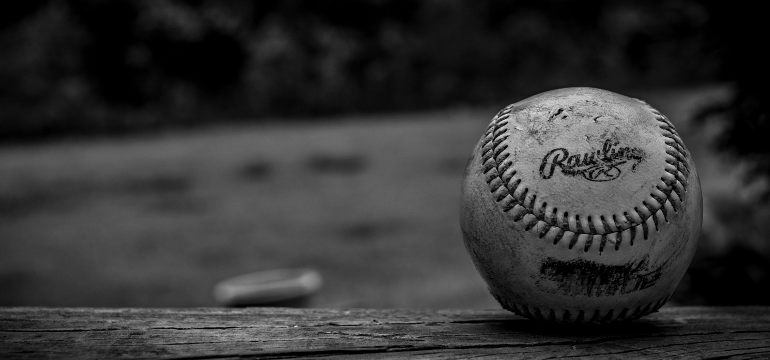The St. Louis Cardinals are an amazing baseball club. Period. They have played in 19 World Series and won 11 of them. That places them second overall behind only the New York Yankees who have more than doubled the Cardinals by playing in 40 and winning 27. (ouch, that hurts)
The Cardinals have been “my” team for as long as I can remember. Going back to the late 1960’s when Harry Caray called the Cardinal games (before he jumped ship to call games for the Cubs), I would listen to the play-by-play on my Mom’s old AM radio. Just hearing names like Bob Gibson, Curt Flood, and Lou Brock brings back the smell and taste of baseball card bubblegum.
The last few years have been tough for the Cardinals. Not only did the Chicago Cubs finally win another World Series (ouch again), the Cardinals have been busted for spying. It was industrial espionage against their competitor the Houston Astros. The Cardinals hacked into the Astros computer data where they could see trade discussions and sensitive player data.
This was not ethical competitive intelligence data gathering. This was illegal. They cheated. I am considering putting an asterisk by my childhood memories. Okay, that might be a bit extreme, but I am genuinely concerned about the Cardinal leadership.
Gathering competitive intelligence data ethically starts with leadership. Even if the illegal activity inside the Cardinal organization was conducted by a single individual, there are still several leadership behaviors that could have helped to prevent it.
I recently participated in a survey sent out through the Strategic and Competitive Intelligence Professionals (SCIP). The survey was an attempt to identify healthy competitive intelligence behaviors. It reminded me of the importance of leadership setting the right example for a healthy culture.
Here are 5 signs a company has a healthy competitive intelligence culture:
- Employees are trained on what competitive intelligence is and what it is not.
- Ethical data gathering behaviors are clearly articulated and reinforced by leadership’s example.
- Appropriate procedures are in place designed to encourage employees to report what they see and hear about the competition and marketplace.
- Competitive profiles are routinely updated and distributed on competitor staff, products, and key clients.
- Win/loss surveys are systematically conducted with the company’s own client base to stay abreast of strengths and weaknesses in the competitive landscape.
Ethical competitive intelligence gathering starts at the top. Take a few minutes and ask yourself if your employees know the definition of competitive intelligence and how to collect it ethically.
Photo credit to Joey Kyber

If you need help thinking through this or other leadership challenges, let’s have a discussion to see if I can help in some way.

